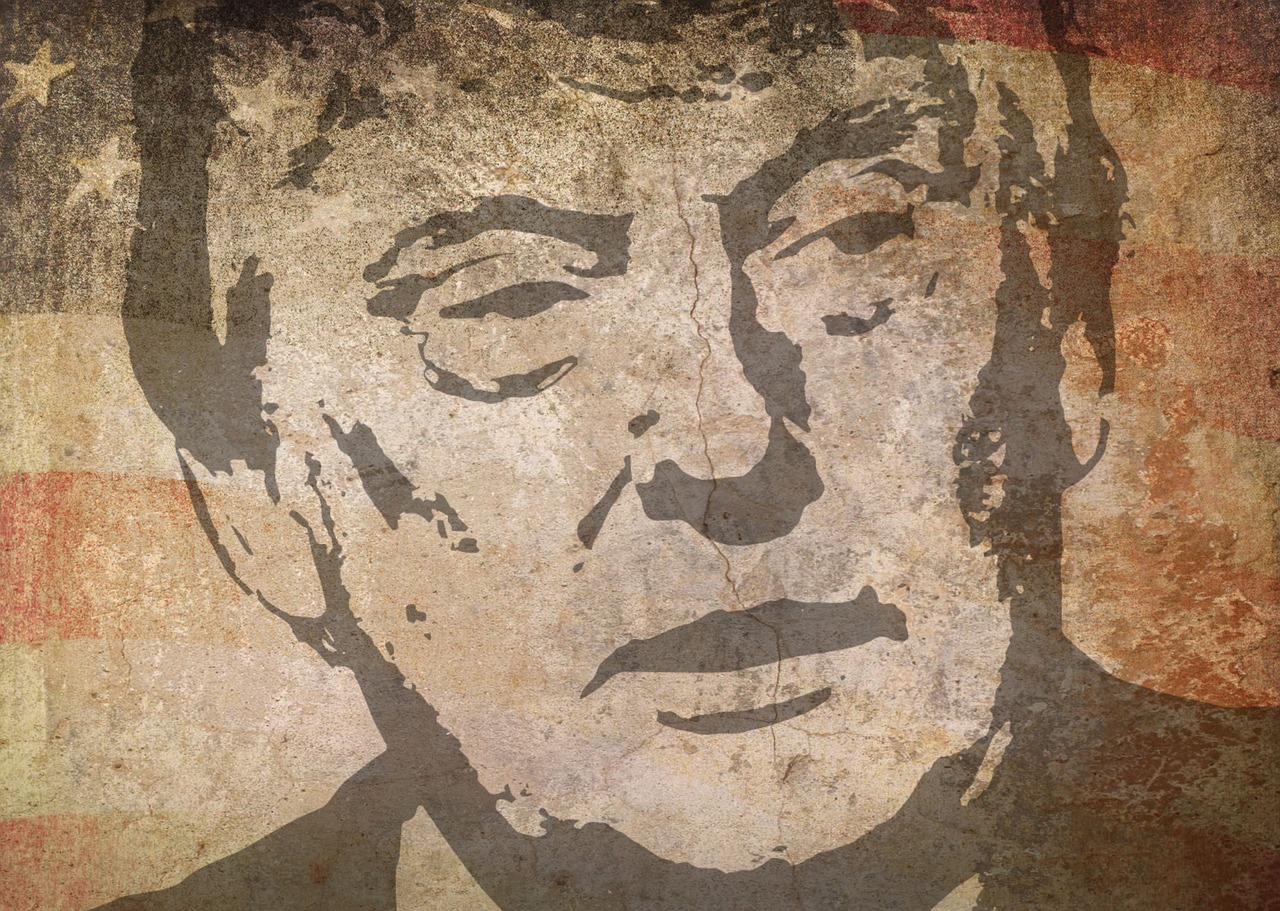
The inauguration of a new president. The S&P 500’s solid start to the year. The announcement of raised interest rates by the Federal Reserve. And terrifying headlines indicating a bacon shortage.
The new year got off to an interesting start. And while it’s since been confirmed that the world’s bacon is not, in fact, in short supply, other economic news has dominated headlines.
Let’s take a look at what’s predicted for 2017, current market conditions in March, and what they mean for you as an investor.
2017 Market Conditions Under a Republican Administration
The United States economy is operating under unusual circumstances. It’s not unprecedented, but it’s rare for one party to hold the House, the Senate and the presidency.
What does that mean for the 2017 market outlook? Well, it’s probably a good thing. Historically, markets have fared better with a single party administration. The reason for that can pretty much be deduced with a little bit of common sense. If the government is arguing about what should get done, nothing will get done. A single party administration can mean definitive changes and an overall increase in productivity. That, in turn, means good things for the current market conditions.
The first two years of President Barack Obama’s term, he enjoyed a Democratic majority in both the House and Senate. This legislature enacted swift changes to enable Wall Street reform, lessen instances of abusive policies by lenders, and create jobs through investments in health care and clean energy. Investors reflexively jumped, and US stocks rose an average of 12% each year during his term.
March 2017 market conditions exist under similar governmental composition, but this time it’s the Republicans who control Washington. Similar to the early years of Obama’s term, Donald Trump will benefit from the presence of like minded politicians.
Ask ten people, “Which party is better for the stock market, Republican or Democrat?” You’ll get 12 different answers. So let’s look at history once more. Bloomberg LP has released rankings of the US economy with respect to the last six presidents in office. These rankings are based on statistics such as the S&P 500, gross domestic product, and bond performance.
Presidents Bill Clinton and Barack Obama ranked first and second on the chart, respectively. The less successful four presidents were Republicans. Now, we understand that this is a pretty small sample. But looking back even further, average annual gain under a Democratic president has been an average of 9.7% since 1945. Under Republicans, it’s been only 6.7%.
In 2016, Trump campaigned heavily on a promise of creating American jobs and protecting American trade. He’s repeatedly criticized trade agreements such as NAFTA, and has proposed a border tax be levied against neighboring countries. However, be all this as it may, it probably means good things for 2017 market conditions. Whether or not you agree with his politics, President Trump’s consistency in stating his desire to strengthen American companies will likely lead to an ultimate positive for the American stock market.
2017 Market Conditions Under Raised Interest Rates
In December of 2016, the Federal Reserve raised interest rates for only the second time since 2008. The Fed announced this most recent hike to .5 to .75%, citing an improvement in the American economy. There are reportedly more rate increases planned for 2017.
Interest rates do affect current market conditions. At the most basic level, the rate which most impacts the stock market is the federal funds rate.
To put it quite simply, the federal funds rate determines how much it costs a bank to borrow money from the government. When the interest rates are higher, banks will choose to borrow less, or may charge consumers more.
This higher rate impacts businesses, too. Let’s say that interest rates have gone up and Apple wants to borrow money. The money that Apple borrows will now cost Apple more, too. So how does this look on a spreadsheet? It looks like Apple has a higher debt, and therefore is less profitable. If Apple chooses not to borrow money under raised interest rates, it has a similar effect. The market sees this lack of expansion and projects it to estimate less cash flow in the future.
There are industries to watch as the interest rates rise, though. If you’re looking to invest under current market conditions, keep your eyes on banks, mortgage companies and insurance firms. These industries tend to thrive when federal interest rates are higher, simply because they can charge more.
Current Market Conditions in March 2017

So where do you go from here? Since the start of the year, investors have jumped heavily into the purchase of stocks. But Wall Street is having trouble predicting what the US markets will look like by year’s end.
An increase in American productivity is expected to cause an increase in inflation. This, in turn, would cause the federal interest rates to soar even higher. You already know what this means for the stock market. But as an alternative to stock market investments, Wall Street is looking more closely at bond investments. The relative safety of buying into a company’s debt through bonds is as attractive as the unpredictability of the 2017 market is apparent.
Investment companies like Wells Fargo have also predicted that 2017 will be a volatile year for stocks, suggesting that it’s a good time for active trading. And generally speaking, Wall Street is ignoring Donald Trump’s trade policy promises. Goldman Sachs and Morgan Stanley have both predicted a growth in imports to the United States, countered by a comparatively slow growth in exports. This will directly affect the country’s trade deficit, meaning a shift in current market conditions and a decline of the domestic stock market.
Finally, it’s important to look at a most unusual factor in the current political climate: Donald Trump’s Twitter account. The President has taken to his Twitter account with unmatched abandon, even on the campaign trail. Frequent tweets about economic issues, such as immigration and trade have had a direct and immediate impact on the stock market. In early December of 2016, for example, shares of Boeing plummeted as the President-elect publicly slammed the company for their estimated cost to build a new Air Force One. Similarly, Lockheed Martin was targeted by Trump, affecting the market and even triggering suspicions of insider trading.
This is not to say that you should open a Twitter account and base your stock market activity on Donald Trump’s tweets. It’s simply indicative of another factor causing this year’s unpredictable market conditions.
Invest wisely, and if you’re a beginning trader, it may be best to focus your resources on bonds and other low risk investments. As the administration matures, we’ll likely have a better concept of where the best investments lie.



